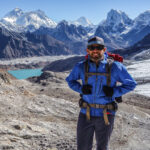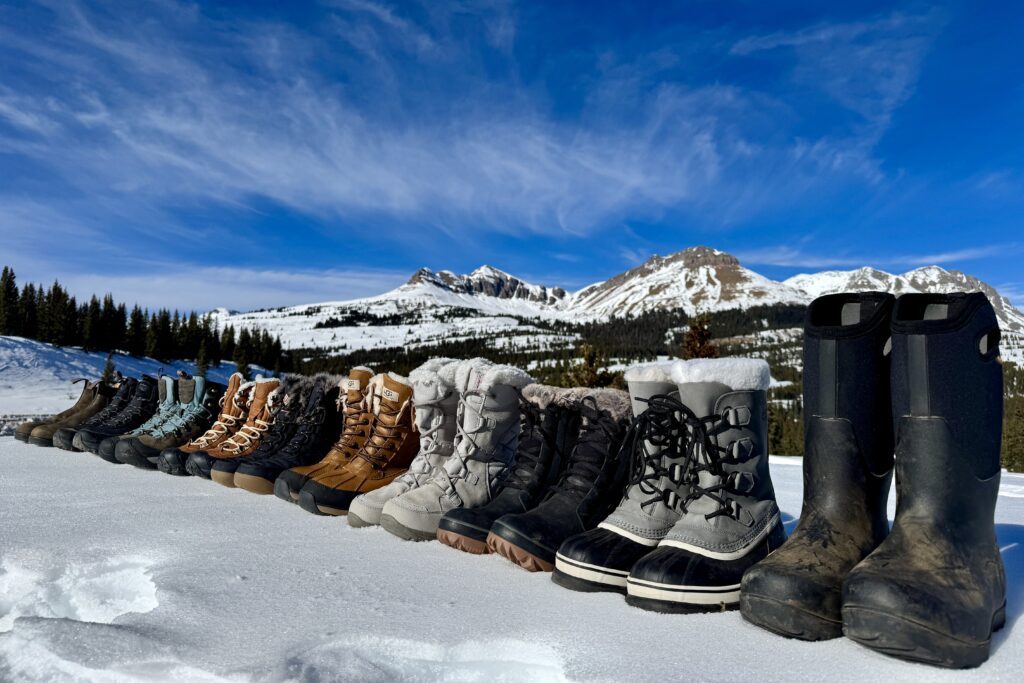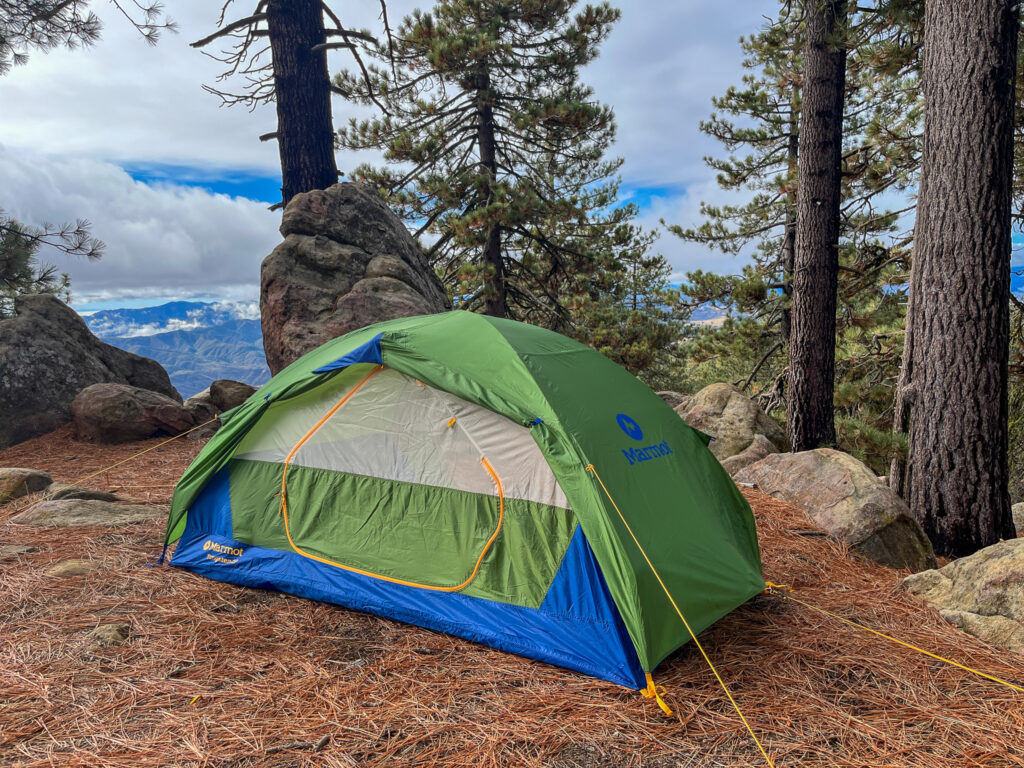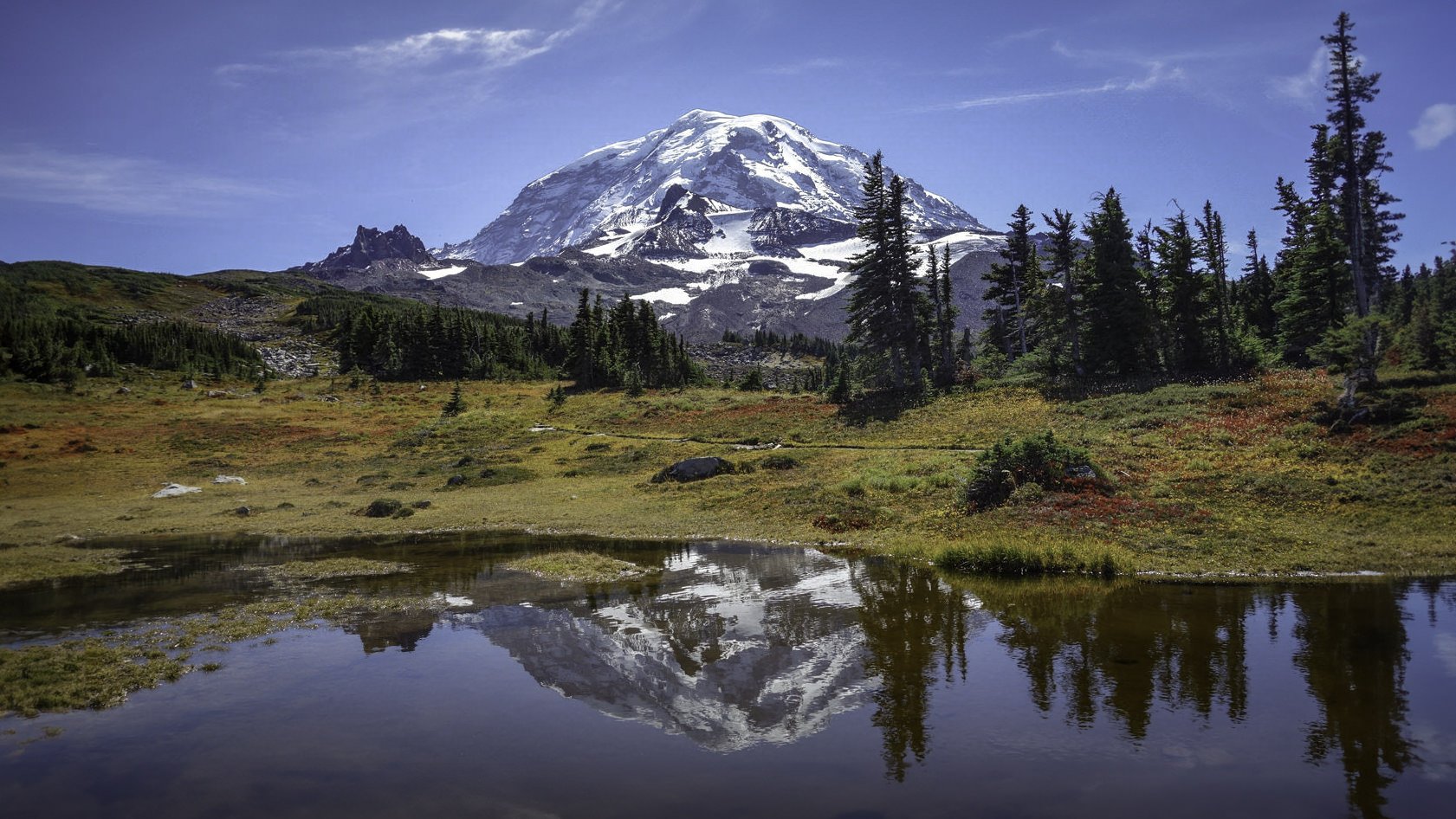
Last Updated: September 25, 2023
The Wonderland Trail is a true gem of the Pacific Northwest. As one of the most iconic trails in the region, it undeniably deserves a place on every backpacker’s bucket list. The Wonderland circumnavigates majestic Mount Rainier in 93 miles with 23,000 feet of elevation gain. Though the trail is challenging, the rewards are plentiful. Those who are fortunate enough to secure permits are in for breathtaking glacier views, wildflower-filled meadows, pristine alpine lakes, and miles of lush rainforests that make up the ever-changing landscape of the Wonderland.
QUICK FACTS
- Distance: 93 Miles
- Average Hiking Time: 8-12 Days
- Elevation Gain: 23,000 feet (that’s a lot)
- Best Travel Time: July through September
- Permits: Required
- Difficulty: Strenuous
- Awesomeness Level: High
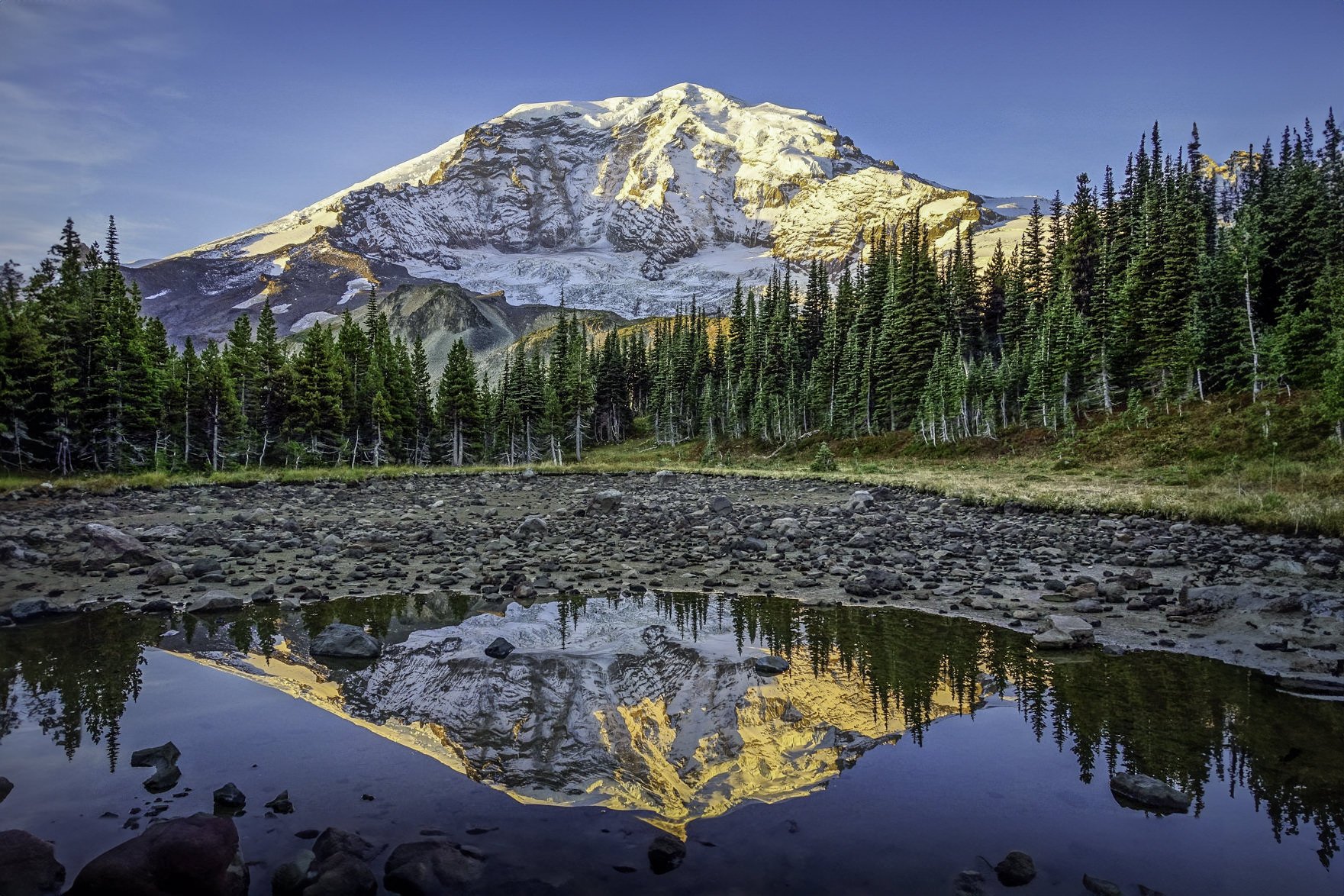
HIGHLIGHTS
- Majestic mountain views
- Massive waterfalls
- Wildflower meadows
- Immense glaciers
- Easily accessible
- Well marked & maintained trails
LOWLIGHTS
- Little solitude
- Big climbs & descents
- Seasonal bugs & snow
- Involved permit system
- Restricted campsites
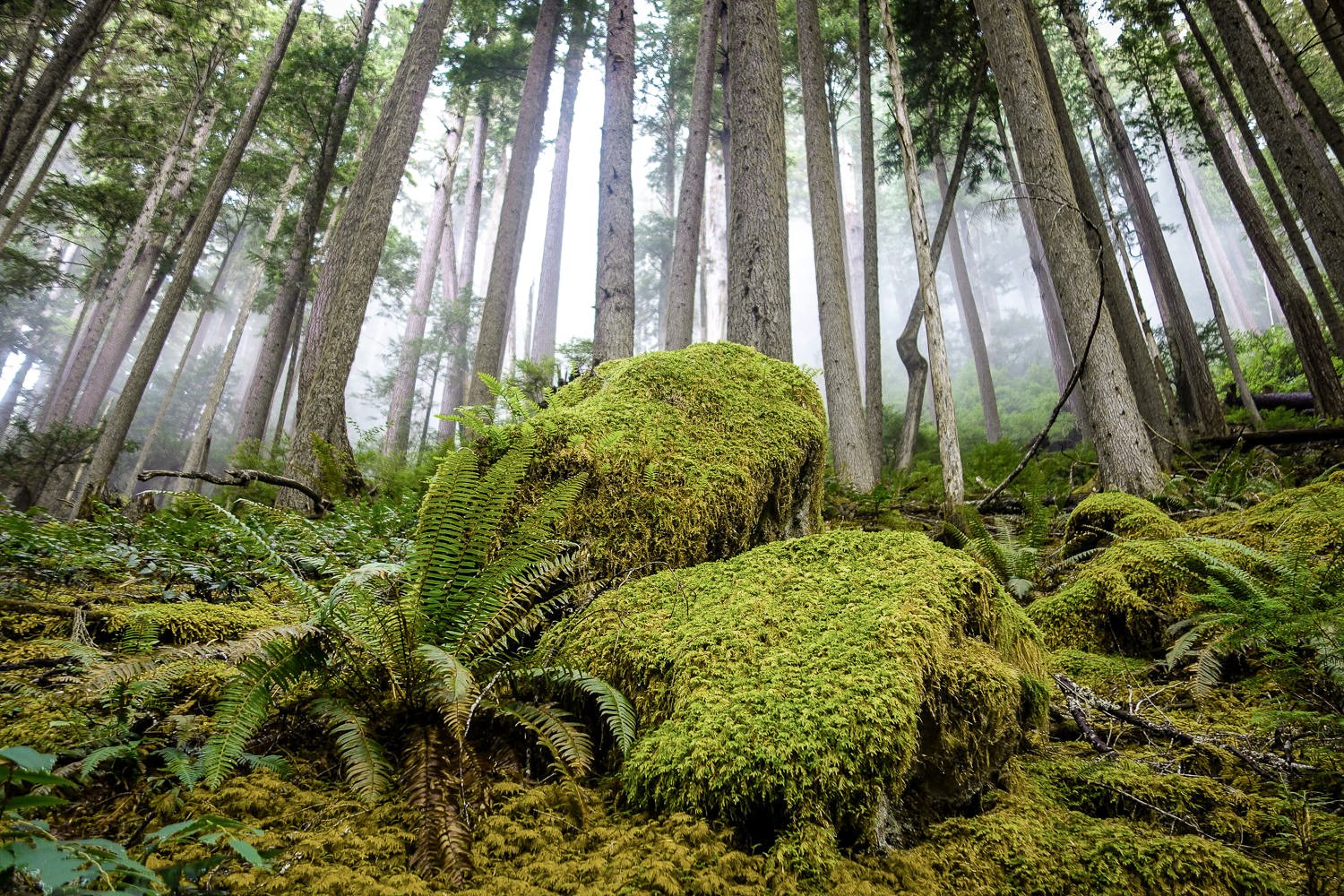
BEST TIME TO TRAVEL
In general, July through September is the best time to travel to this area. Snowpack is a key factor for trip planning in the Pacific Northwest. Some years a heavy winter snowpack and early season storms will keep trails covered into July. On warmer years with lighter snowpack, June backcountry trips are quite feasible. The same is true for autumn hiking; some years early snowstorms make this area inaccessible, while other years the trail is clear into October. July and August are usually great for wildflowers, but that’s also the time when mosquitoes will be the worst. We use a combination of Permethrin on our clothing and a small amount of Picaridin on exposed skin for full protection. Mid-August through September can also be a good time to visit because crowds and bugs will be diminished as impressive varieties of fungi and foliage replace the wildflowers. Regardless of the season, there is always a possibility of snow, rain, and stormy weather in this area. Pay close attention to the weather forecast before your trip and be prepared for changing conditions.
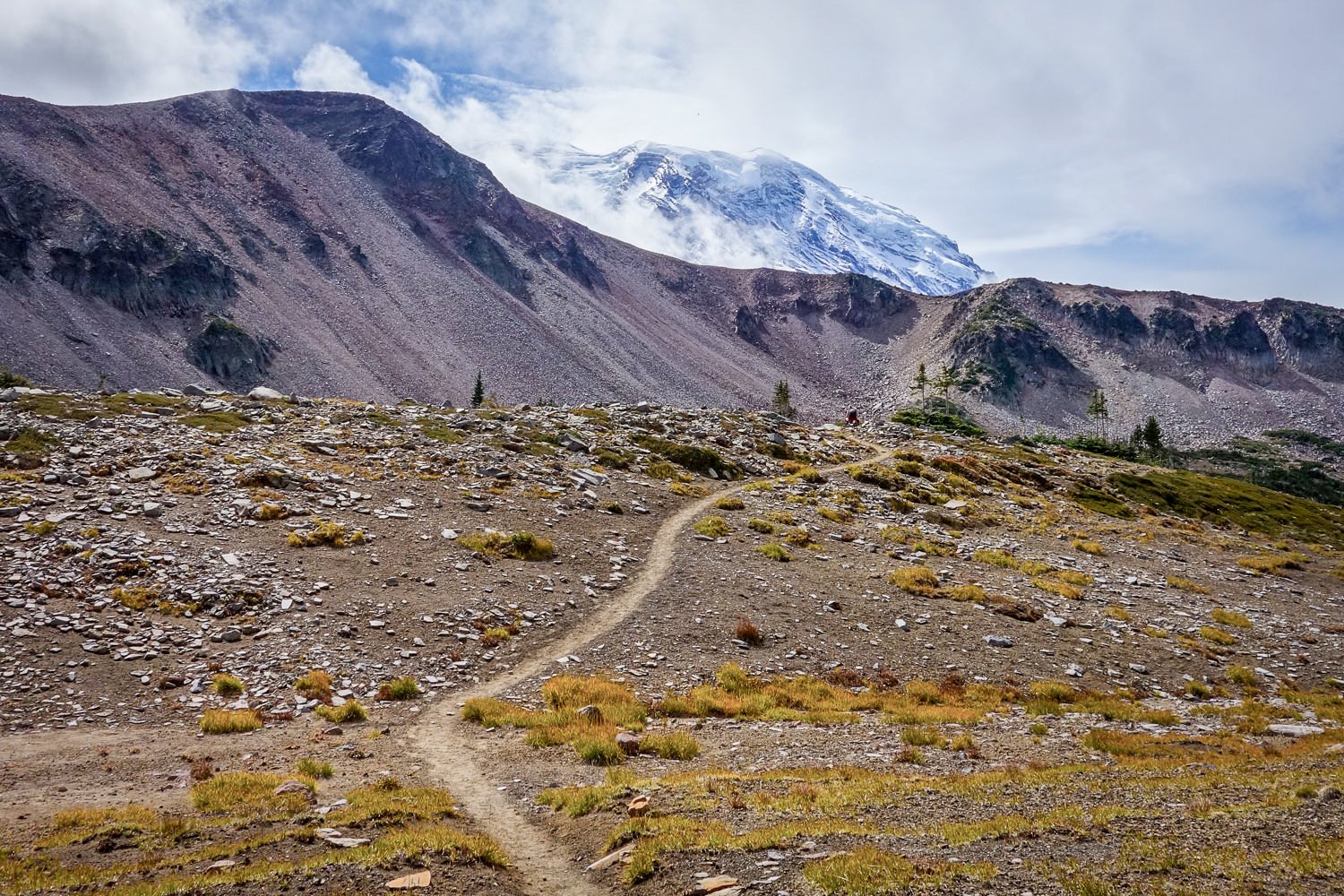
DIFFICULTY
- Total Distance – 93 Miles
- Total Elevation Gain – About 23,000ft
- Overall Difficulty – Strenuous
The difficulty of the Wonderland Trail should not be underestimated. It is common for hikers to take on too much trail between campsites along this challenging route and put themselves at risk of injury. When dividing the mileage between your campsites, plan with elevation gain in mind. This is not a technically demanding hike, but there are lots of big climbs and descents along this trail. It’s rare that you’ll find yourself walking on flat terrain while hiking the Wonderland. Check out the jagged elevation profile to get an idea. When planning your trip, know your personal limits and plan accordingly. Your experience, physical fitness, pack weight, and weather conditions are all factors to consider as you plan your trek. We highly advise getting into good shape before attempting this trail. You should also complete a few short overnight trips to dial in your gear. Check out our Gear Guides for our top lightweight backpacking equipment recommendations.
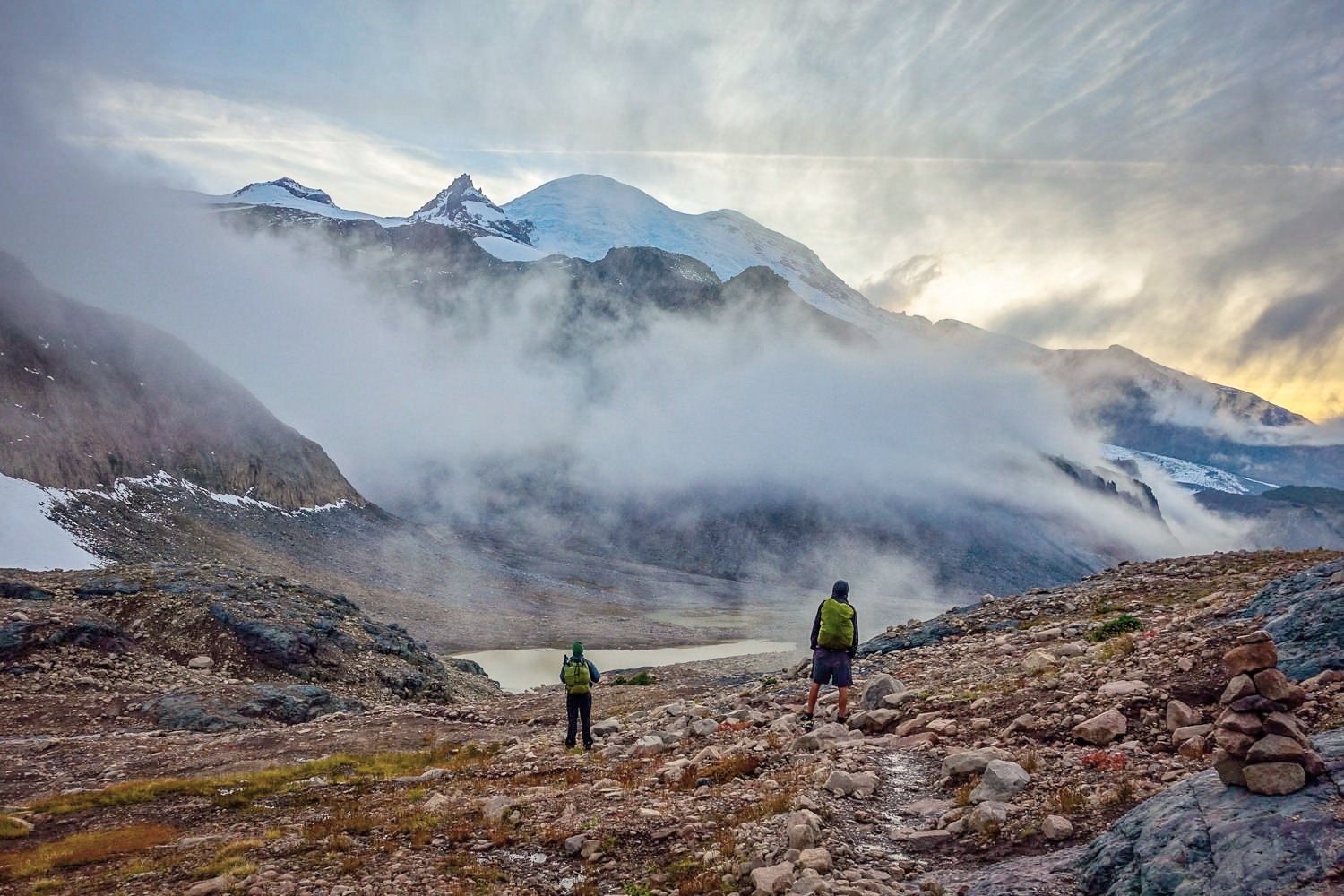
PERMITS
Permits are required for overnight trips on the Wonderland Trail and they are almost always in high demand. For the late May to early October season, the Early-Access lottery application opens in February and is announced in March. General reservations will then open up online in late April. During the main season, ⅓ of the permits remain available for first-come, first-serve reservations that need to be acquired 2 days in advance. It is unlikely for a backpacker seeking to complete the Wonderland Trail to get the right campsite reservations via walk-up permits, so it is best to get your reservations sorted in the spring.
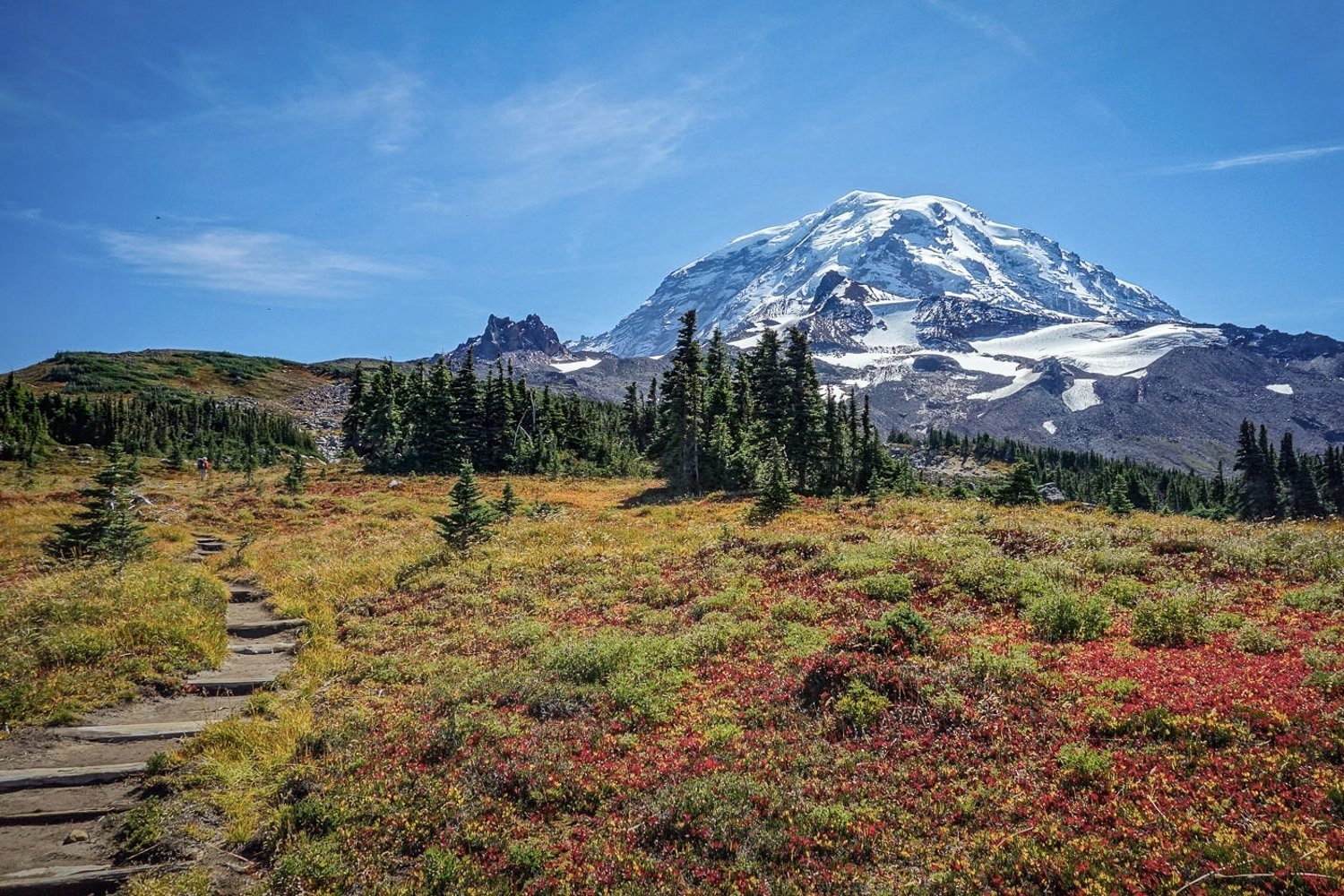
BACKCOUNTRY CAMPSITES
There are 18 designated backcountry camping areas along the Wonderland Trail. Camping along the trail outside of these campsites is not allowed. When you apply for a permit you’ll have to choose the campsites that you’d like to sleep at. Each backcountry campsite has a few separate locations for tents, a pit toilet, and a bear pole for protecting your food at night. The campsites are well maintained and almost all of them are close to a water source. Sweeping views and some solitude can be found on the trail, but not really in the campsites. Most campsites are in tree-covered areas and you should expect to have neighbors nearby. Additional campsite info: National Park Service – Plan Your VisitWonderland Guides Itinerary Planner
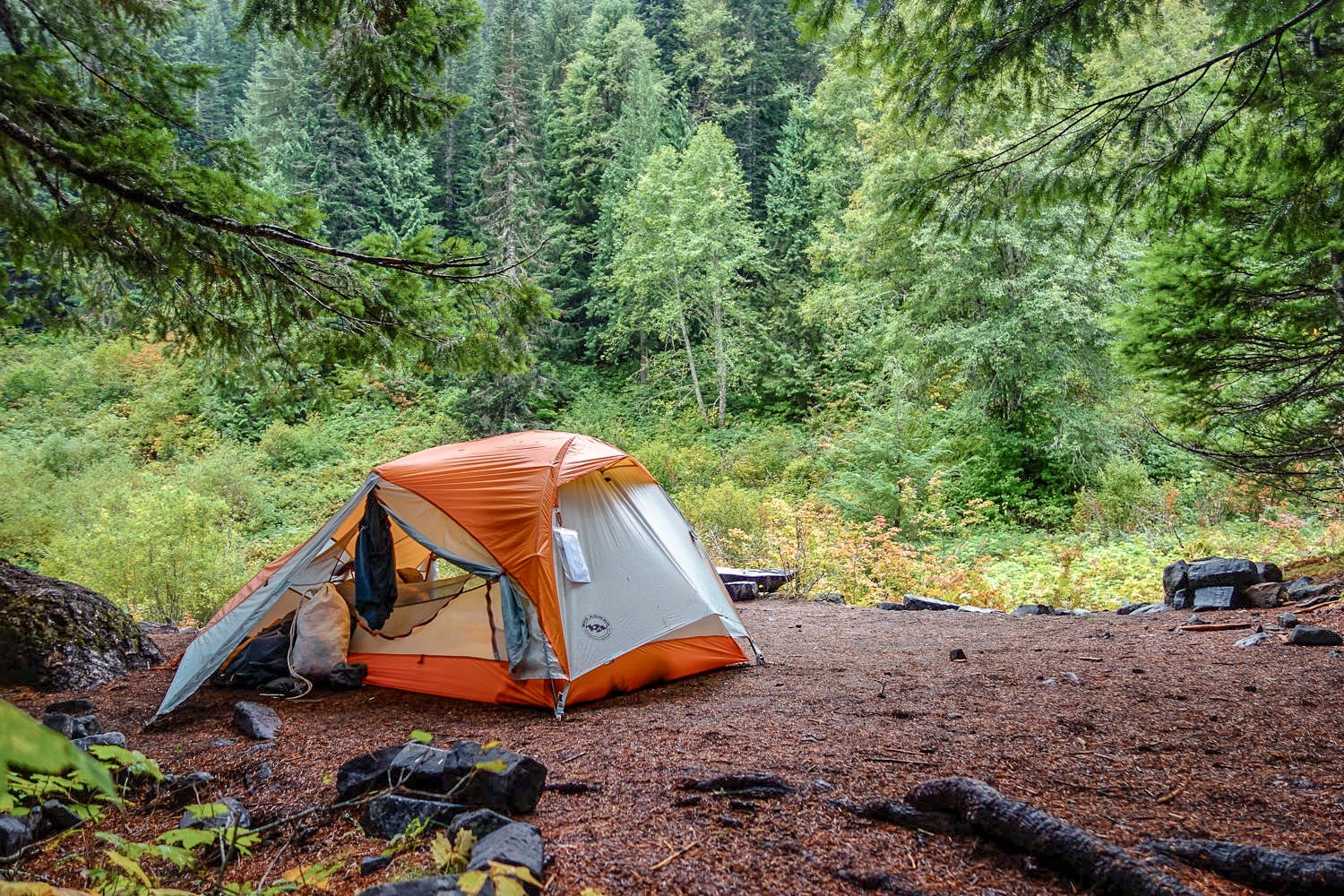
FOOD RESUPPLY
Most people hike the Wonderland in around 10 days, so planning one or two food drops to reduce pack weight is very common. There are four locations where you can cache food along the Wonderland, but two of them (Sunrise & White River) are right next to each other:
- Longmire Wilderness Information Center
- Mowich Lake Patrol Cabin
- Sunrise Visitor Center
- White River Campground
You can ship food drops to these locations or drop them off in person. At two locations (the General Store at Longmire & the Day Lodge at Sunrise) you can purchase food, gifts, and limited essentials during hours of operation. Make sure to follow the rules for food drops closely. For example, you’ll need to pack your food drop in a hard plastic container with a detailed label and you won’t be able to store fuel with it. Find more information and full instructions on the NPS site.
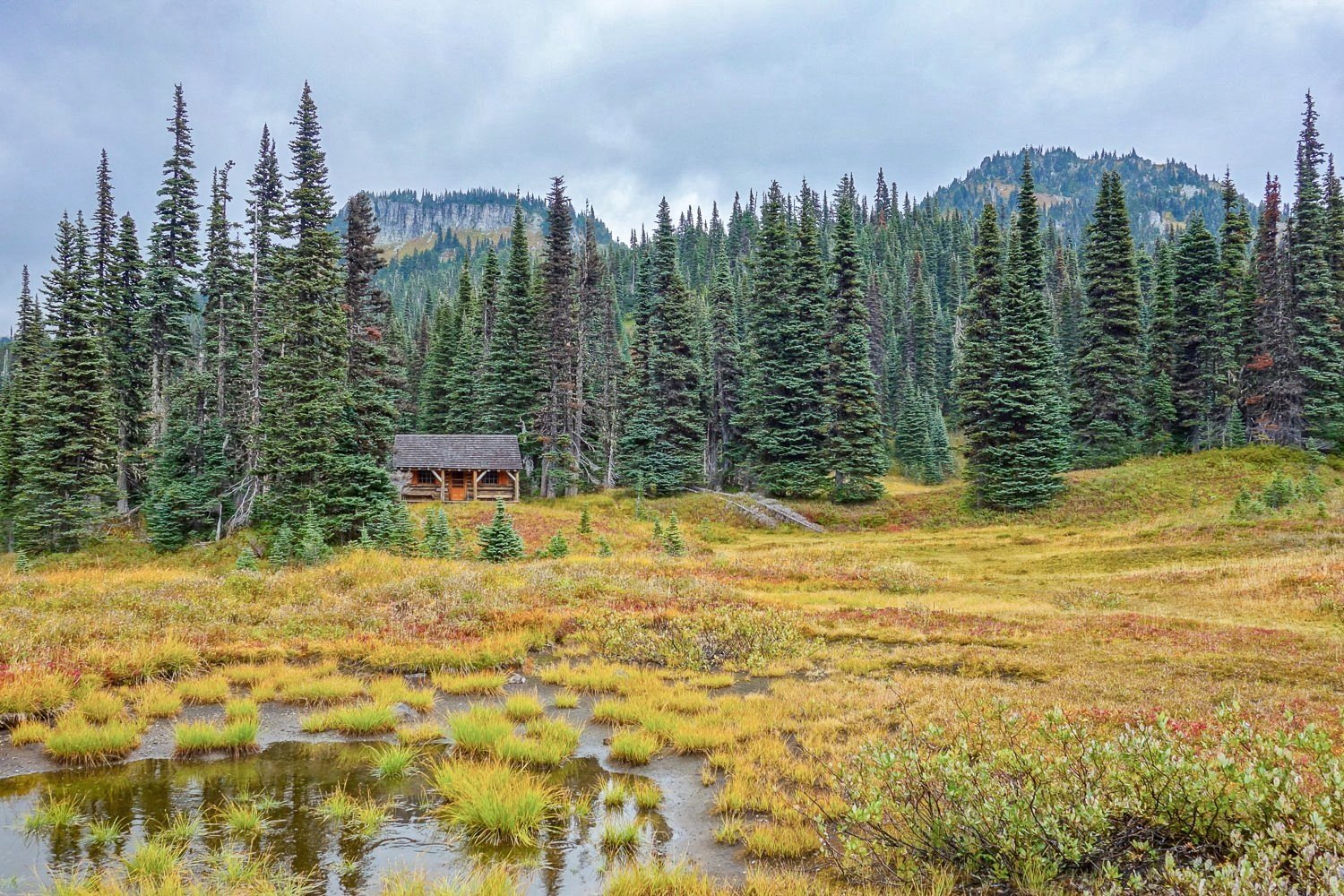
WILDERNESS REGULATIONS
“Fires, pets, bicycles, and other wheeled devices are not permitted in the backcountry at Mount Rainier.” Please visit the National Park Service regulations page to learn more about important considerations for your trip. Please follow the rules so we can keep our wild spaces pristine for many years to come.
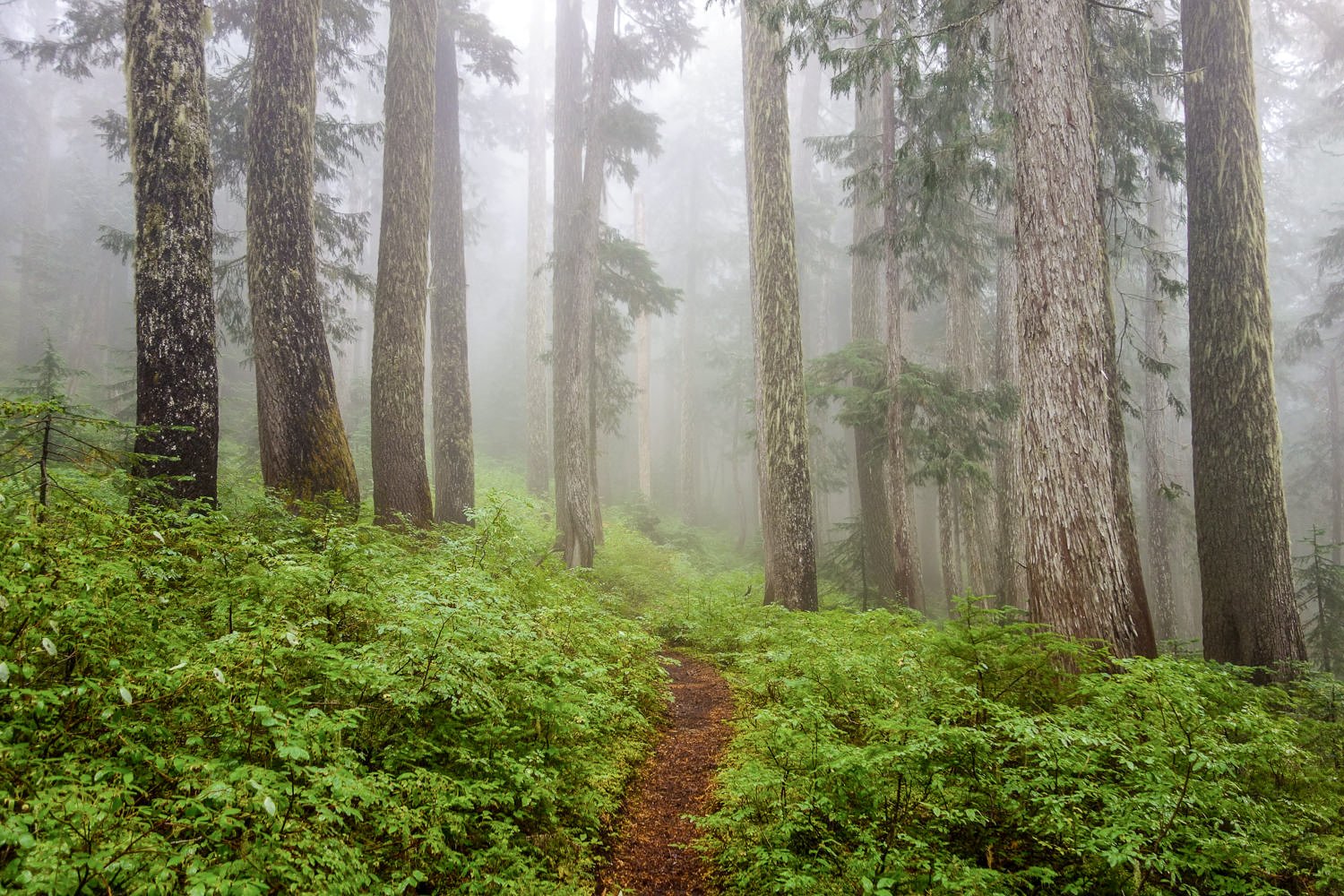
MAPS & GUIDEBOOKS
- Mount Rainier National Park Service – The main map shows campsites, main attractions, and facilities. From this page, you can also navigate to more detailed maps for specific sections of the trail.
- AllTrails – A primary benefit of this app is being able to see recent trip reports and comments from fellow hikers. With a premium subscription, you can download different maps of the trail and record your hike.
- Green Trails Map 269S – Mount Rainier Wonderland – This is a fantastic map for hiking the Wonderland Trail. It’s a detailed topographical map that’s ideal for use along the trail.
- Hiking the Wonderland Book – A complete guide to the Wonderland by a Washington native who’s hiked the trail seven times. An excellent source of information.
- Plan & Go Wonderland Book – A comprehensive guide that contains everything you need to know for hiking the 93-mile Wonderland Trail.
- Backpacking Washington Book – This book has a section on the Wonderland and a bunch of other great backpacking locations around Washington. I highly recommend picking up this book if you like backpacking in the PNW.
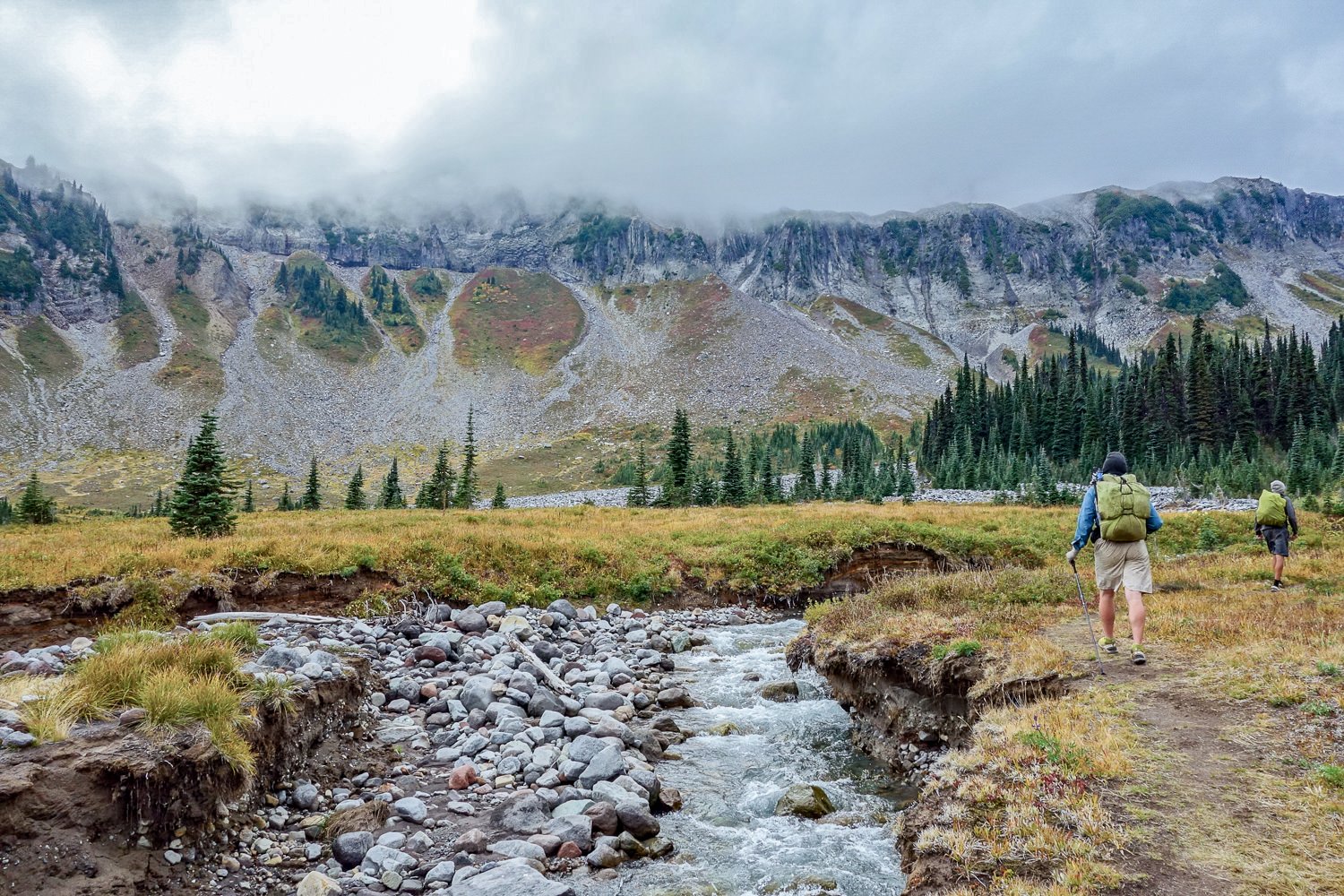
WATER
Water from lakes and streams is generally accessible and plentiful along the trail. It is a good standard to carry at least 1 liter of water for every 6 miles or 2 hours of hiking. Pack a lightweight water filter to replenish your supply. For our top water filter recommendations, check out our list of the best backpacking water filters.
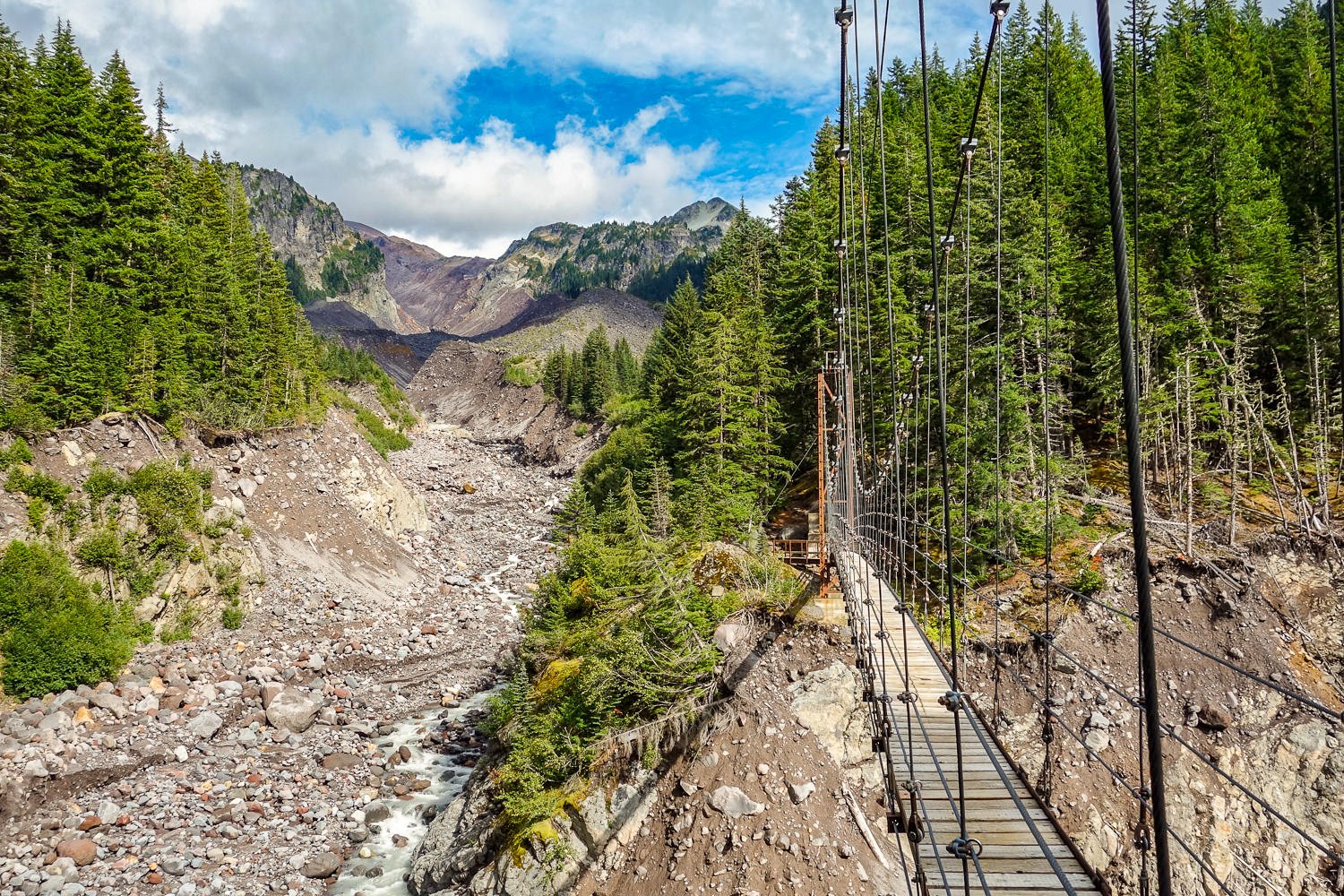
NAVIGATION
The Wonderland is well marked, so it’s unlikely that you’ll need to break out your navigation skills on this trip. Still, you should always bring a topographical map and compass into the wilderness and know how to use them. If you need a refresher, have a look at this video we made to teach backcountry navigation skills.
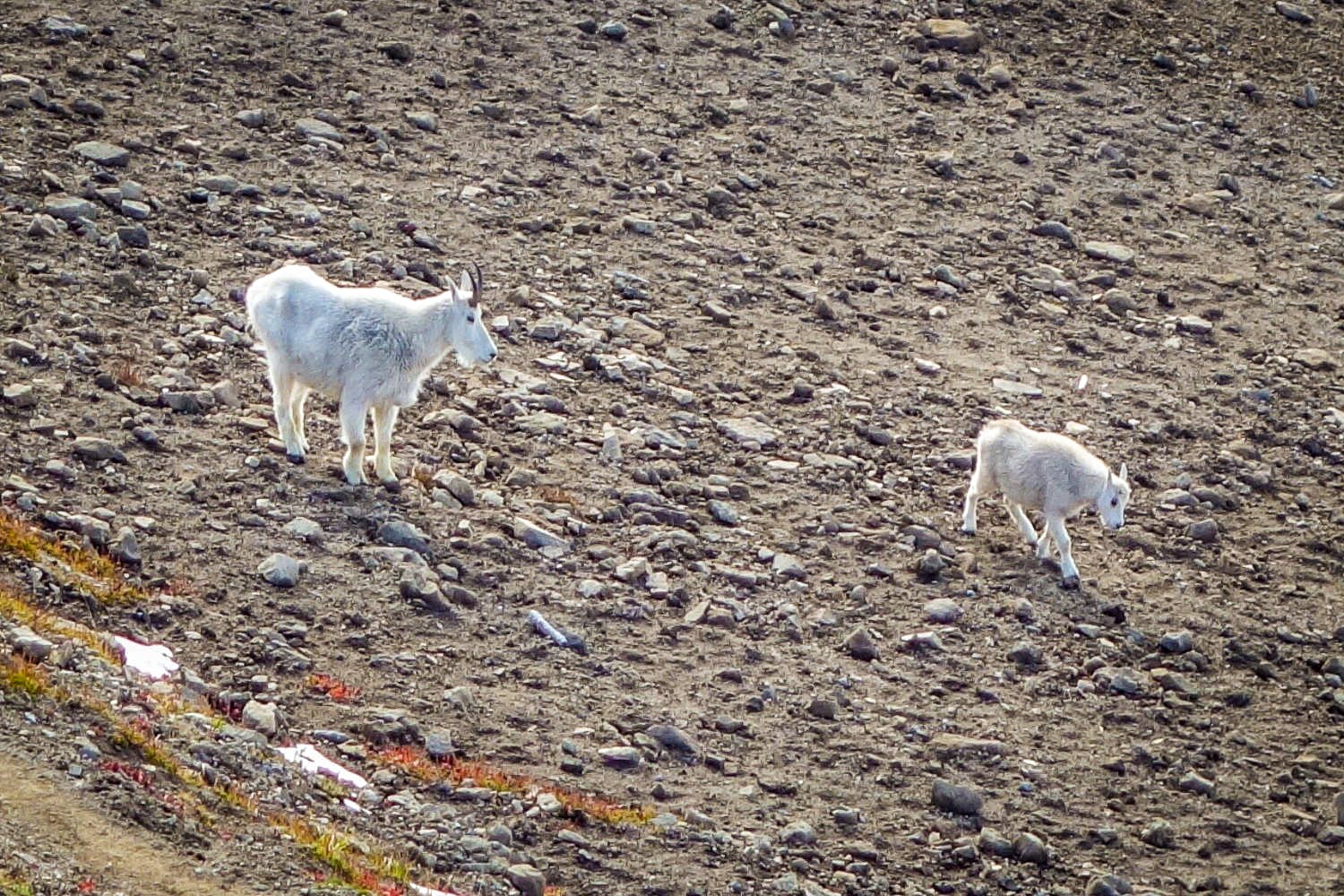
BEARS & FOOD STORAGE
There are black bears around Mount Rainier and it’s not uncommon to see them. For that reason, proper food storage is imperative in this area. All of the established backcountry campsites have bear poles, which make storing your food really easy. Simply bring a waterproof sack for your food and hang it on the bear pole at night. You’ll also want to hang garbage and smelly products, like sunscreen and bug spray. Mount Rainier also considers bear canisters adequate for food storage.
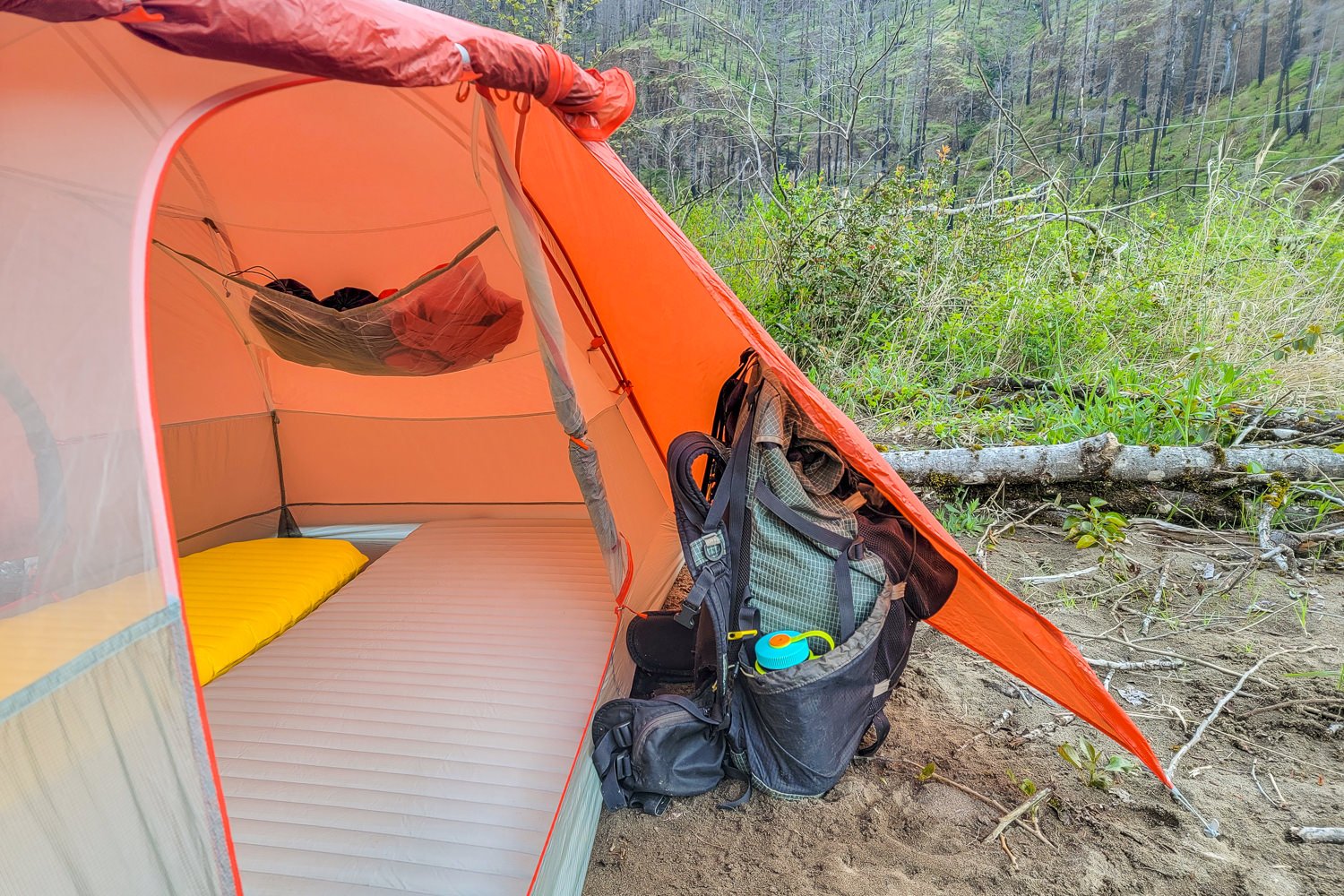
BACKPACKING GEAR
- TENT: We used the Big Agnes Copper Spur HV UL 2 tent on this trip. We love its combination of low weight and livability, and that’s why it’s one of the top picks on our best lightweight backpacking tents list.
- BACKPACK: We used the Gossamer Gear Gorilla backpack on this trek. It’s lightweight, comfortable, and makes our list of the best lightweight backpacking packs.
- SLEEPING BAG: We used the Enlightened Equipment Revelation Quilt on this trek. It’s lightweight, incredibly warm, and makes our list of the best backpacking sleeping bags.
- SLEEPING PAD: We used the Therm-a-Rest NeoAir XLite sleeping pad on this trip. It’s light, comfortable, warm, and makes our list of the best backpacking sleeping pads.
- COOKING SYSTEM: We used the BRS Stove, Snow Peak Mini Solo Cookset, andToaks Long Spoon on this trek, all of which make our top picks gear list and best lightweight stove list.
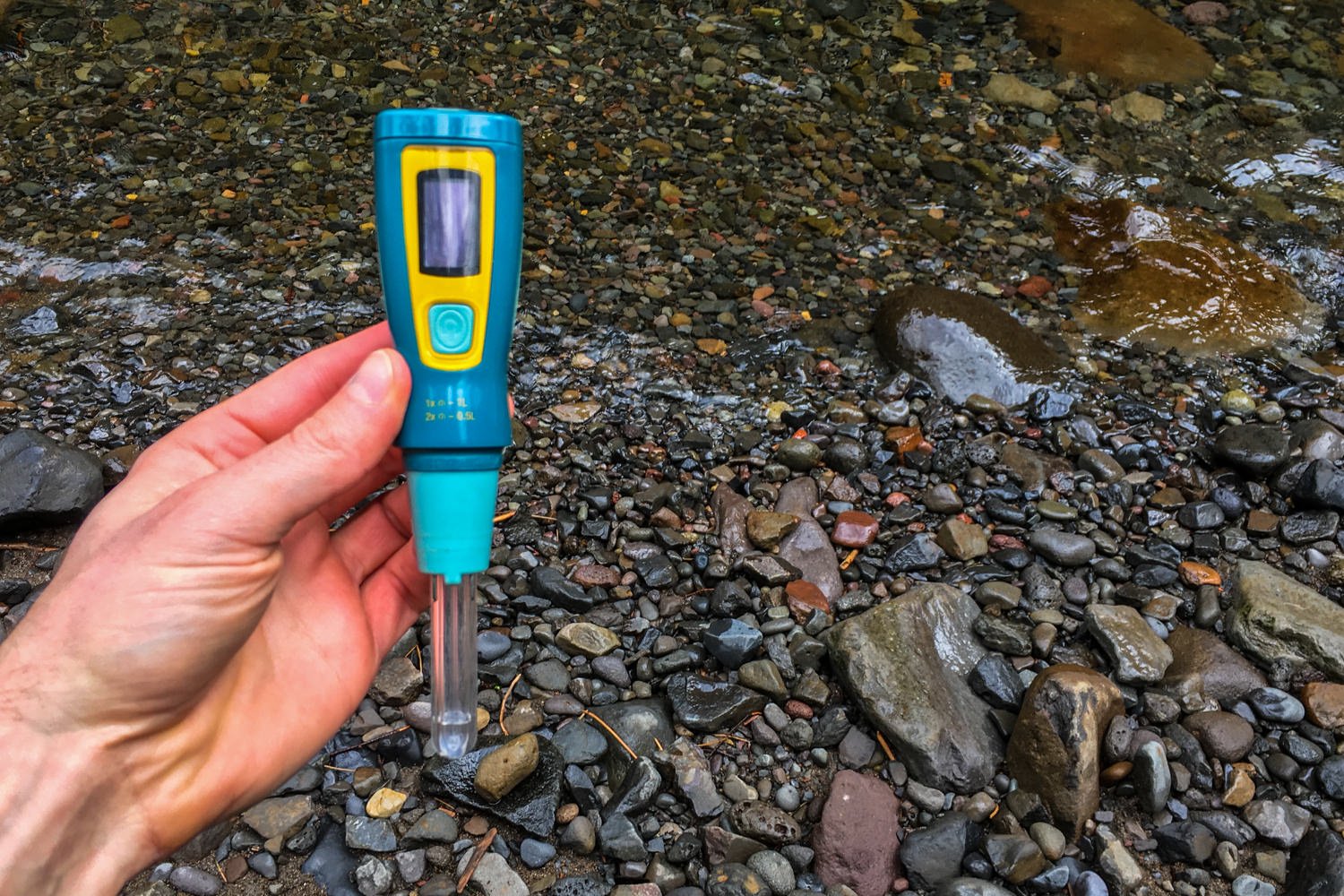
- WATER PURIFIER: We used the SteriPEN Ultra as our main purification method on this trip. It’s lightweight, works fast, and doesn’t require any pumping/squeezing or chemicals. Check out our best water purifiers list for our other top recommendations.
- SHOES OR BOOTS: We wore Saucony Peregrine trail runners (men’s and women’s) on this trail and they were excellent. Check out our other top footwear choices on our best hiking shoes list and best hiking boots list.
- HEADLAMP: A small rechargeable headlamp like the Black Diamond Spot 400-R is an affordable, bright, and lightweight option.
- FOOD: When backpacking the Wonderland Trail you’ll be responsible for carrying and storing all of your food. The aforementioned caches allow you to carry lighter loads at a time, but you will still have to plan carefully to have adequate sustenance on this long trek. At each campsite, you will need to either keep your food in a waterproof sack and use the provided bear poles, or keep your food in a bear canister. For some suggestions on common backpacking food options, check out our backpacking food guide or our list of the best freeze-dried meals.
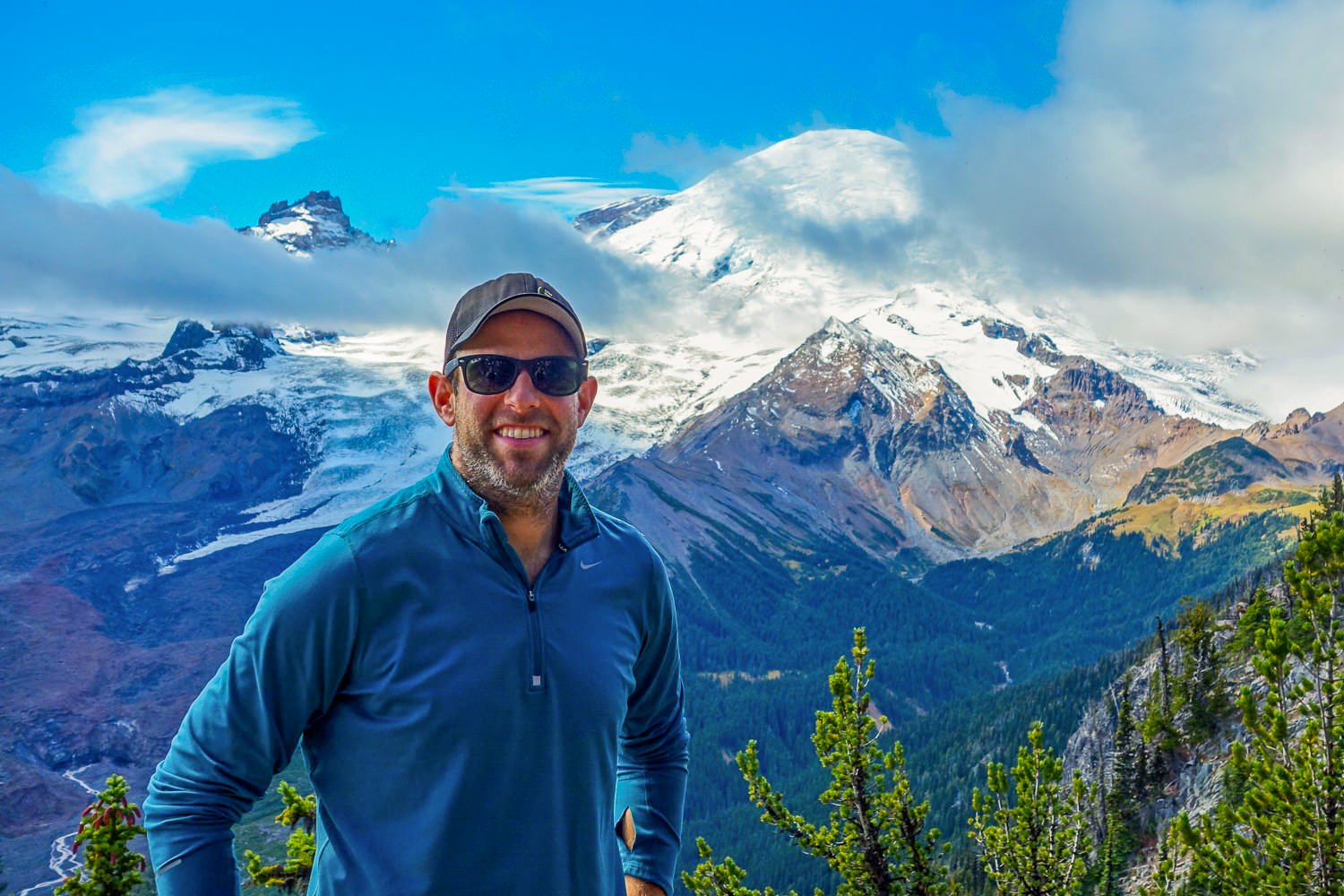
CLOTHING: Here are some of our favorite hiking/backpacking clothing items from our Top Gear list.
- 1 Rain jacket – Black Diamond StormLine Stretch (men’s & women’s)
- 1 Pair rain pants – Outdoor Research Helium Rain Pants (men’s & women’s)
- 1 Down jacket – Mountain Hardwear Ghost Whisperer/2 Hoody (men’s & women’s)
- 1 Fleece jacket – Extra warmth under your down jacket that will be warmer when damp and better to hike in.
- 1 Pair hiking pants – Outdoor Research Ferrosi Pants (men’s) / North Face Aphrodite 2.0 Pants (women’s)
- 1 Pair hiking shorts – Nike Dri Fit Running Shorts (men’s & women’s)
- 1-2 Hiking t-shirts – Nike Dri Fit T-Shirt (men’s & women’s)
- 1 Long-sleeve shirt – Nike 1/2 Zip (men’s & women’s)
- 1-3 Pair underwear – ExOfficio Give-N-Go (men’s & women’s)
- 2-3 Pair socks – Darn Tough Micro Crew Cushion (men’s and women’s)
- 1 Pair base layer bottoms (optional for nighttime use) – Odlo Men’s Performance Blackcomb Base Layer / Odlo Women’s Performance Blackcomb Base Layer
- 1 base layer top (optional for nighttime use) – Odlo Men’s Natural + Kinship Warm Top w/ Face Mask / Odlo Women’s Blackcomb Base Top w/ Face Mask
- 1 Warm hat
- 1 Sun hat
- 1 Pair of gloves or mittens
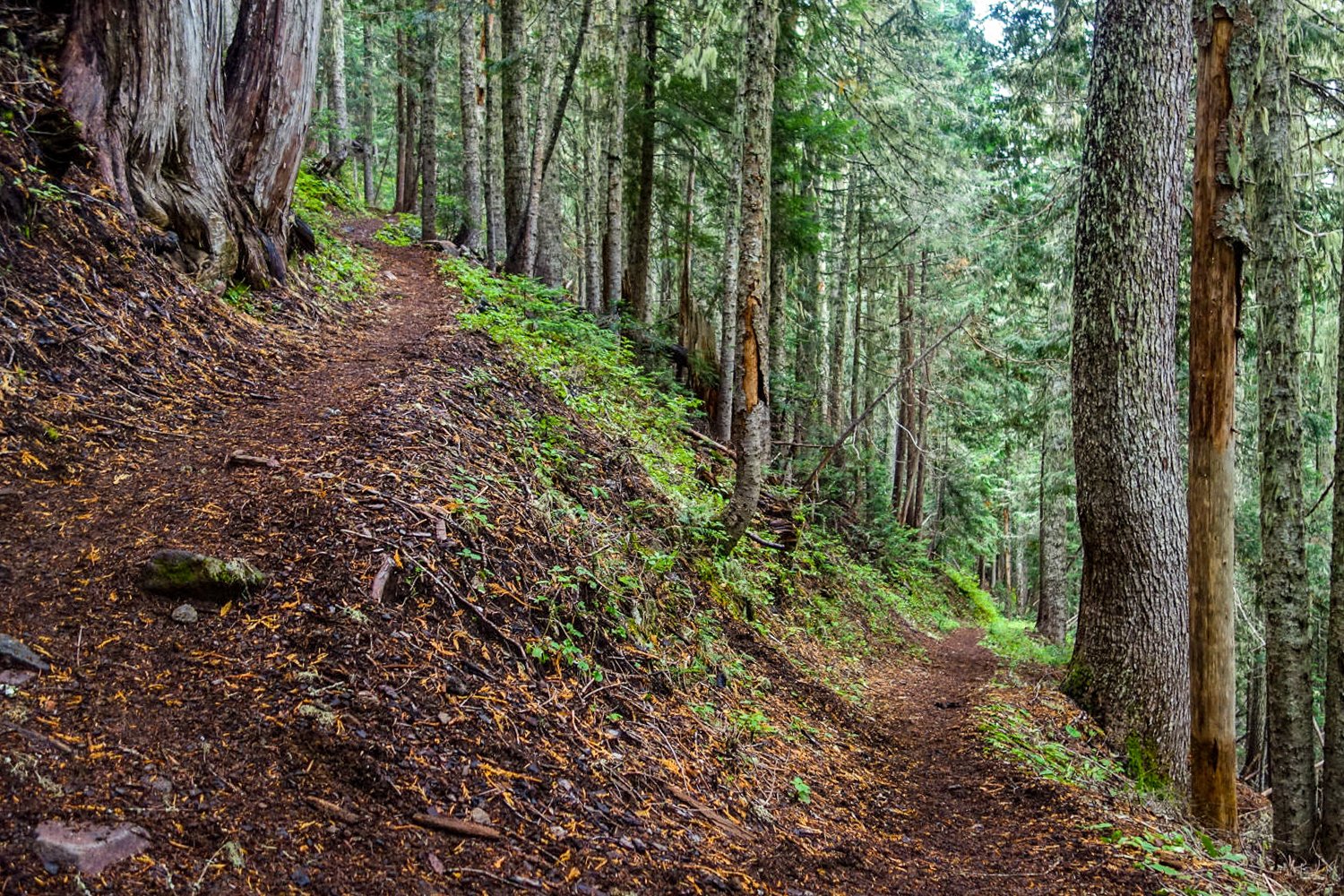
- MAP &COMPASS: We always hike with a topographical map and found the Green Trails Map 269S – Mount Rainier Wonderland to be a great resource throughout our trip. In addition, we always hike with a compass.
- FIRST AID KIT: Always bring a small personalized first aid kit. We used the.5 Ultralight Kit and added extras, like painkillers and personal medications.
- SUN PROTECTION: Sunglasses (polarized recommended), sunscreen, and spf lip balm are an absolute must.
- POCKET KNIFE: We brought along a small Swiss Army Knife, which came in handy here and there.
- OTHER ITEMS:
- Small pack towel
- Cash and ID
- Permits
- Personal toiletries (trowel, toilet paper, toothbrush, etc.)
- Hand sanitizer
- Wet wipes
- Insect repellent
More Photos
WRAP UP
I hope this guide helps you plan your trip along the Wonderland Trail. If you do, you certainly won’t be disappointed. As always, please leave a comment below if you have any recommendations, questions, or suggestions. Thanks! For more popular CleverHiker content, check out the following links:

